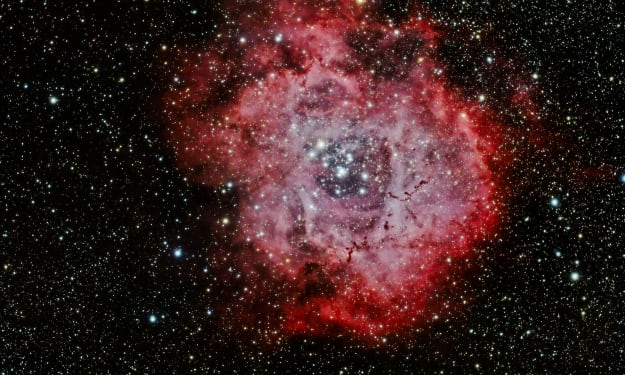
Title: Unveiling the Cosmic Titans: Delving into the Depths of Stellar Magnificence
Introduction:
In the vast expanse of the cosmos, amidst the countless twinkling lights that adorn the night sky, lie the behemoths of the universe – the stars. While our own Sun may seem immense from our vantage point on Earth, it pales in comparison to the sheer grandeur of the celestial giants that pepper the cosmic landscape. In our quest to understand the cosmos, we delve into the mysteries of these colossal entities, seeking to unravel their secrets and comprehend the extremes of size and scale that exist beyond our earthly realm.
Exploring Stellar Dimensions:
On a clear, moonless night, the sky unveils a spectacle of celestial wonders, with thousands of stars glittering overhead. Yet, this dazzling display is but a fraction of the cosmos, observable only with the naked eye. With the aid of powerful telescopes, we peer deeper into the cosmos, revealing billions upon billions of stars scattered across galaxies near and far. Among these celestial inhabitants, some stand out not just for their brilliance but for their sheer magnitude in size.
Understanding Stellar Size:
When we speak of the largest stars, we confront a duality of dimensions: mass and volume. Mass denotes the quantity of matter contained within a star, while volume signifies the space it occupies. Surprisingly, the most massive stars often do not boast the largest physical dimensions. As stars age, they undergo transformations, shedding mass and expanding in size, culminating in phenomena like red giants and supergiants, whose colossal forms defy comprehension.
Unveiling Cosmic Titans:
Among the pantheon of stellar giants, one star reigns supreme – WOH G64. Nestled within the Large Magellanic Cloud, this red supergiant commands attention with its staggering radius, estimated to be 1,540 times that of our Sun. To grasp the enormity of WOH G64, one must envision a celestial sphere engulfing the orbits of entire planets, dwarfing even the mighty Jupiter in its embrace.
Challenges of Measurement:
Yet, in our pursuit of cosmic understanding, we encounter formidable challenges. Measuring the size of these cosmic behemoths is no trivial task, hindered by factors such as distance, composition, and the dynamic nature of stellar atmospheres. Despite our best efforts, discrepancies in measurements persist, casting a veil of uncertainty over our understanding of stellar dimensions.
The Quest Continues:
As we peer deeper into the cosmos and refine our observational techniques, the quest to unravel the mysteries of stellar size marches onward. With each new discovery and technological advancement, we inch closer to unlocking the secrets of these celestial titans. Whether WOH G64 retains its title as the largest known star or yields to a newfound cosmic giant remains to be seen. Yet, in this pursuit of knowledge, we find the essence of exploration – an eternal journey into the depths of the universe.
Conclusion:
In the tapestry of the cosmos, the stars stand as luminous threads weaving a narrative of cosmic proportions. Among them, WOH G64 emerges as a testament to the boundless wonders that await discovery in the vast expanse of space. As we gaze upon the heavens, let us marvel at the majesty of these cosmic titans, ever mindful of the enduring quest to fathom the depths of stellar magnificence.





Comments (1)
Welcome to vocal